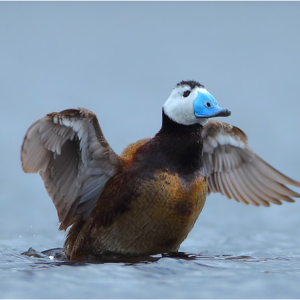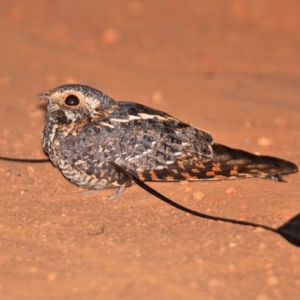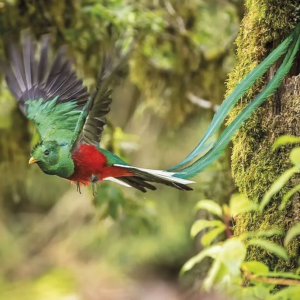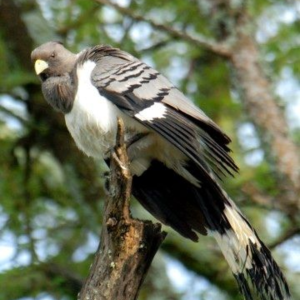Adorned in a coat of velvety black feathers, the oilbird (Steatornis caripensis) navigates the inky depths of caves with an uncanny grace. Unlike its avian brethren that revel in the brilliance of the sun, the oilbird thrives in the perpetual twilight of cavernous dwellings, its senses finely tuned to the symphony of echoes that resound within these subterranean sanctuaries.
A Nocturnal Dweller in the Realm of Darkness
Endemic to the northern regions of South America, the oilbird reigns as the sole inhabitant of the family Steatornithidae. Its name, aptly derived from its fatty chicks that were once rendered for oil by local inhabitants, belies a fascinating creature adapted to a life shrouded in darkness. With large, inquisitive eyes and a robust, hook-tipped bill, the oilbird exudes an air of mystery, its presence a testament to the remarkable diversity of life that thrives in the hidden corners of our planet.
Unveiling the Secrets of Echolocation
As the sun dips below the horizon and the world surrenders to the embrace of night, the oilbird’s nocturnal ballet commences. Guided by an intricate system of echolocation, it emits a series of high-pitched clicks that ricochet through the cave’s labyrinthine passages. The echoes that return paint a detailed sonic map of the surroundings, enabling the oilbird to navigate with remarkable precision, even in the utter absence of light.
A Frugivore in the Realm of Perpetual Night
While the world sleeps, the oilbird embarks on foraging expeditions, venturing into the moonlit forests that fringe its cave dwellings. Its diet consists primarily of oil palm fruits, which it plucks with its dexterous bill. The oilbird’s role as a seed disperser is crucial for maintaining the delicate balance of the rainforest ecosystem.
A Conservation Beacon for a Threatened Species
Despite its remarkable adaptations, the oilbird faces an uncertain future. Habitat loss, deforestation, and the encroachment of human activities threaten to disrupt the delicate balance of the oilbird’s existence. Conservation efforts are underway to safeguard these enigmatic creatures, ensuring that their nocturnal symphony continues to echo through the caverns of South America for generations to come.
The oilbird stands as a testament to the wonders that lurk in the hidden depths of our world, a reminder that even in the darkest corners, life finds a way to thrive and adapt. By understanding and protecting these extraordinary creatures, we not only safeguard the rich tapestry of biodiversity but also enrich our own understanding of the natural world’s boundless marvels.






